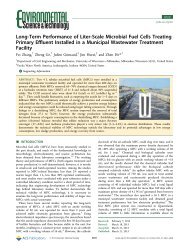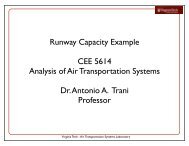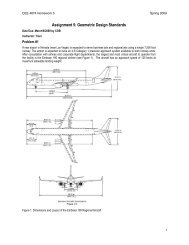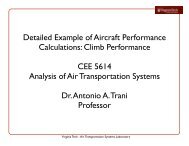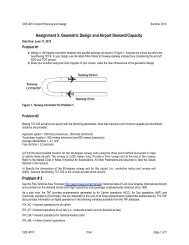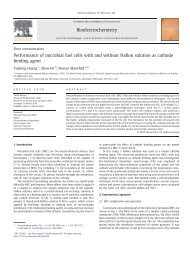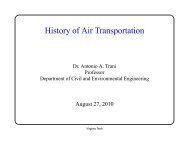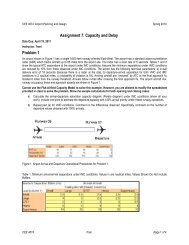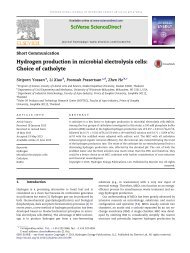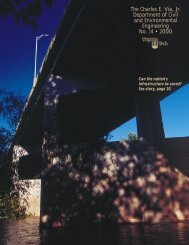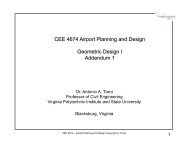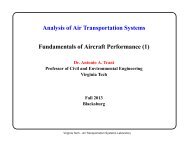Design and Construction of Steel Plate Shear Walls - Eatherton ...
Design and Construction of Steel Plate Shear Walls - Eatherton ...
Design and Construction of Steel Plate Shear Walls - Eatherton ...
Create successful ePaper yourself
Turn your PDF publications into a flip-book with our unique Google optimized e-Paper software.
judgment outside <strong>of</strong> what is presented in the AISC Seismic Provisions. Questions such as howthin a plate is appropriate, how slender a wall is possible, what plate material can be used, <strong>and</strong>how to interpret the code when it comes to column design are important in the design process,<strong>and</strong> are discussed below. First, a brief description <strong>of</strong> the design process is required to highlightsome <strong>of</strong> the issues.<strong>Design</strong> ProcessTo achieve the high level <strong>of</strong> ductility expected <strong>of</strong> SPSW, the boundary members have tobe designed to remain elastic as the plate yields. As a result, size <strong>of</strong> beams <strong>and</strong> columns aredesigned based on the plate thickness. <strong>Plate</strong> design, however, is based on angle <strong>of</strong> inclination <strong>of</strong>the tension field, which is dependent on the boundary members. The design process, therefore,becomes iterative, but with closed form equations is well suited for a spreadsheet.In order to begin the design process it is necessary to assume an angle <strong>of</strong> inclination, α,for the tension field relative to the vertical. AISC Seismic Provisions give an equation for α, thatwill need to be checked after boundary members are designed. The capacity <strong>of</strong> the wall <strong>and</strong>boundary member sizes will not be so sensitive to α, however, that multiple iterations are usuallynecessary, unless drift controls the design. In fact, the equation for α, is not entirely accurate.The equation is based on pinned beam to column connections with SPSW panels above <strong>and</strong>below. While α equations are available for other conditions, it was determined by the authors <strong>of</strong>AISC Seismic that these variations in α are not significant. An initial estimate <strong>of</strong> 40º willusually suffice.After the plate is sized using the assumed angle, α, the expected yield force <strong>of</strong> web platethat will be applied to HBE’s <strong>and</strong> VBE’s should be calculated. The expected yield stress <strong>of</strong> theweb plate is R y F y . When reducing the expected yield stress into vertical <strong>and</strong> horizontalcomponents, the fact that the length <strong>of</strong> plate on the angle is longer than the vertical or horizontallength should be taken into account to avoid overly conservative design. For instance, thevertical component <strong>of</strong> the expected yield stress to be applied to the HBE is R y F y (cos α)(cos α)rather than just R y F y (cos α). The upcoming AISC <strong>Design</strong> Guide by Bruneau <strong>and</strong> Sabellidiscusses this further.SPSW Aspect Ratio <strong>and</strong> Intermediate HBE’sThe length <strong>of</strong> an SPSW panel is limited by an aspect ratio <strong>of</strong> 0.8



